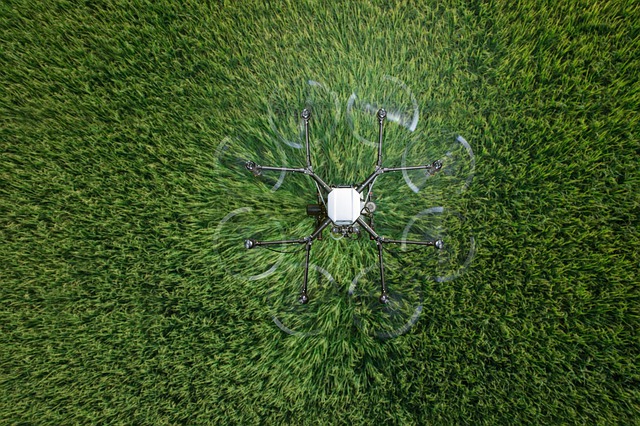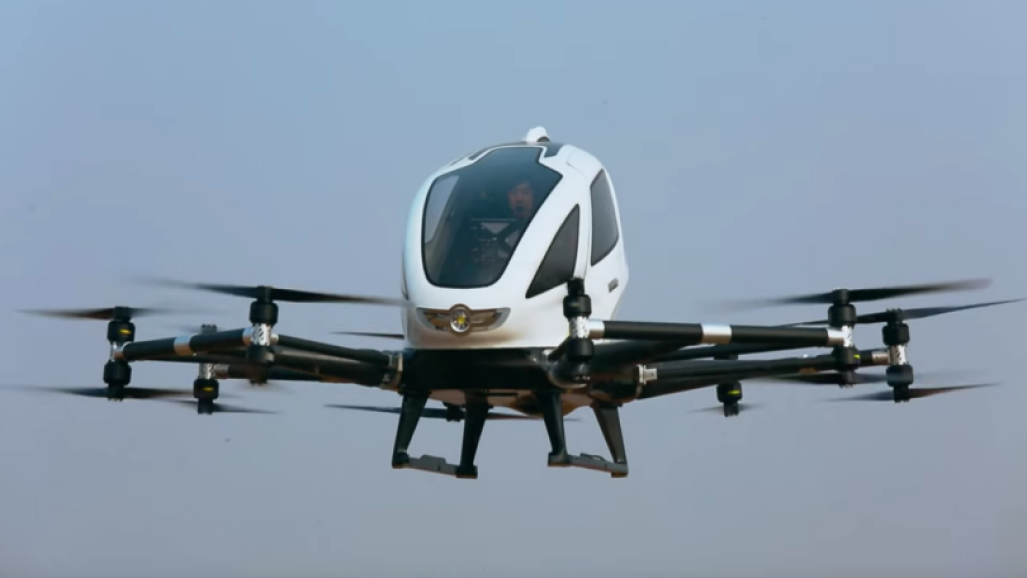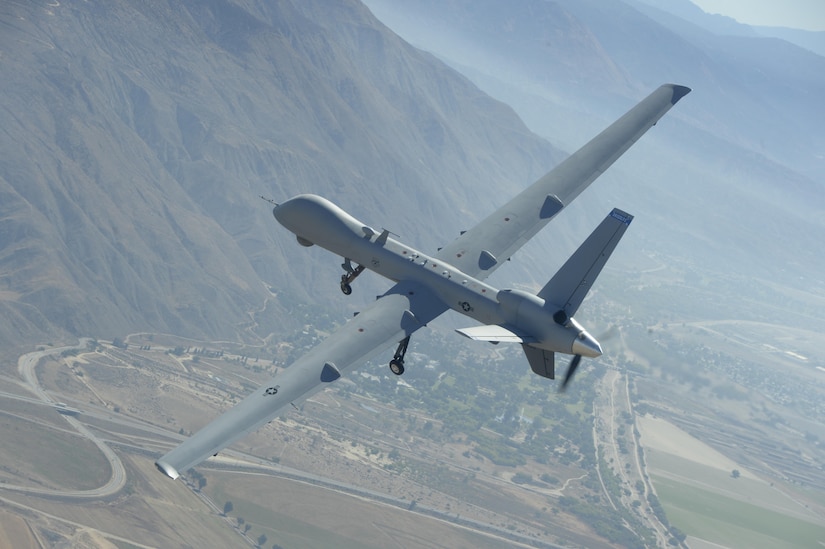
This report examines the market for utility drones to gain a better understanding of the different segments and submarkets. We have compiled a list of primary interviews that provide more insight into this fast-growing industry. They are broken down by company type and designation. Our analysis covers the major players in the market for utility drones, including Cyberhawk (Scotland), Delair (France), HEMAV-Spain, PrecisionHawk (US), and Measure.
Utility drones cost
Utility drones cost depends on their functionality. Although utility drones can be very useful for utilities, their freedom is limited by FAA regulations. These regulations restrict utility drones' ability to fly at night and over long distances. This has prevented utilities from fully utilizing utility drones for disaster recovery and inspection. However, technological advancements have made it possible for utilities to use utility drones in a wider range of applications. This may make costs more affordable than ever.
Utility drones and their function
Utilities may use drones to inspect critical infrastructure and transmission towers. They can use drone imagery to identify problems and prepare workers for their repair. Utilities routinely inspect power lines, towers, pipes, dams, and tunnels to ensure that they are functioning properly. Some jobs can only be performed with aerial photographs, but others require the processing and analysis of large data files. Utility drones are able to improve and optimize these processes, making them more efficient.

Utilities have an interest in using utility drones for inspections
As a leading user of remote sensing and GIS data, the energy industry has been a leader in developing robust databases and incorporating it into existing workflows. UAVs can be used to inspect temporary structures and workforces, which helps utilities cut costs. Drones may also help to lower liability insurance costs. A drone's data can be useful for ensuring that as-builts are current.
There are major players in the market for utility drones
The study used both primary as well as secondary sources to analyze utility drone market. Secondary sources include industry experts, newsletters, databases and newsletters. Primary sources included vendors, preferred sellers, alliances, organizations, and other parties involved in the value chains. The study also included government regulations and policies. Technological innovation is the main driver of the utility drone market. Renewable energy demand is also increasing. Utilities also need better tools to assess the performance of their facilities, and maintain customer service.
Utility drones are used by end-users
SDKI, a research firm, recently published the Global Utility Drones Market. The market is categorized by type, region, end-user and service. This provides a comprehensive industry overview. It also addresses the market's major drivers and challenges. The study also highlights the potential benefits of utility drones. This market analysis will be beneficial to both individuals and companies that are looking at incorporating utility helicopters into their business plans.

FAQ
Is it possible to spy on someone with a drone?
Yes, anyone can use drones to spy on them. The only way to protect yourself from drones is to be aware of them and avoid areas where they may fly. Call 911 immediately if you spot a drone flying about.
Are drones allowed at public events?
Yes, you are free to fly a drone anywhere as long as you follow the rules. However, if you plan to fly your drone during a public event such as a parade, festival, or concert, you will need approval from the event organizers.
What is the law on drones flying over private property?
The FAA has recently issued new rules for commercial drone flights. These rules are only applicable to UAVs that weigh less than 55 pounds and fly below 400 feet above ground. Commercial operators need to register with the FAA in order to obtain a license. They will also require permission from local authorities to operate near airports and other restricted areas.
Statistics
- According to the multiple listing service (MLS), houses and apartments with drone photographs are up to 68 percent more likely to sell than those without pictures. (thedroneu.com)
- According to Indeed, a drone pilot gets paid $25.73 per hour on average in the US. (dronesgator.com)
- With the top 10% making over $100/h and the bottom 10% making as low as $10/h. (dronesgator.com)
External Links
How To
How to Fly Drones With Beginners
A drone refers to a remote-controlled aircraft designed for aerial photography, surveillance and scientific research. Drone technology has been around since World War II. DJI's Phantom series of quadcopters was the first to be commercially used. There have been many drones made since then. These range from beginner-friendly drones like Parrot AR Drone 2.0 to more advanced multi-rotor craft like DJI Mavic Pro.
There are many methods to fly a Drone, including
-
Remote control – This technique uses a control device attached directly to your hands that allows you steer the drone around its flight path. There are two main types of controllers: On/Off switches (like a radio) and joysticks.
-
Manual Control – This method lets users remotely control the drone by using a smartphone app. You will need to keep track of where the drone is going and follow the directions from the app.
-
Autonomous Flight – This is when the drone handles all the piloting tasks. The drone is able to fly autonomously, without the need for human intervention. A drone must have a builtin camera and sensors capable to capture images and other data.
-
Triggered Flight - This method is similar to manual control, except the pilot manually sets up a preprogrammed route, and the drone follows that route until it reaches the endpoint. Once the programmed route has been completed, the drone returns to the base automatically.
-
Landing Gear – Some drones are equipped with landing gear, which allows them to safely land if they lose power during flight.
-
Goggles: Some pilots use goggles in order to protect themselves against debris when operating.
-
Camera - Certain drones come with cameras that allow you to take photos and videos from high above.
-
Obstacles: Some drones are equipped with obstacle avoidance systems to prevent them from hitting obstacles.
-
Speed - Some drones can reach speeds of over 40 mph.
-
Battery Life – Most drones will last 20 minutes to three hours depending on how powerful they are.
-
Range - Depending on the model, some drones can travel up to 30 miles away.
-
Power source - Not all drones can use an external power source. Others can run on internal batteries.
-
Weight - Some drones can be as light as 1 pound while others can reach 4 pounds.
-
Size - From small drones that can be carried in the palm of one's hand to larger drones that weigh over 50 pounds, drones come in a variety of sizes.
-
Price - Drones come in a variety of price categories, including high-end models which can run into the thousands and low-cost options that can start at $100.